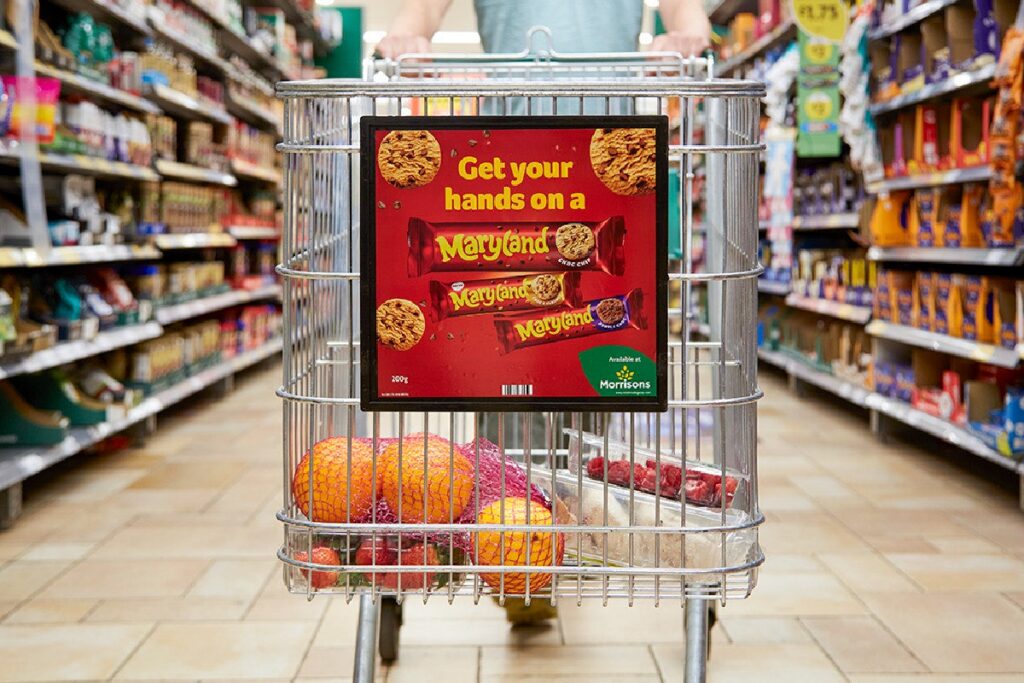UK homes alone throw away 7 million tonnes of food and drink each year: half of which is edible. For the food industry, annual food waste costs an estimated £5 billion. Consumers and the EU have gradually increased their focus on food waste in recent years, meaning the pressure is on for the food industry to meet this challenge. Rather than waiting for the inevitable, the industry cannot just anticipate changes to legislation, but also should use this as an opportunity to innovate and appeal to concerned shoppers.
What should get binned?
From a lack of education on cooking and preparing food through to consumers‘ eyes being bigger than their bellies, fingers have been pointed at many culprits for the waste problem. Attention has now fallen on a presumed crucial part of product packaging: the Best Before date. While food past its Best Before date should still be quite edible, consumers don‘t always see it that way and retailers certainly cannot sell it. As a result, a huge amount of food is destroyed each year when it could still be put to good use. Suggestions are already underway as to how to deal with this problem: for example, by doing away with Best Before dates entirely and only using the emphatic, and later, Use By information instead.
A fresh approach needed
Making changes to packaging, such as removing Best Before dates, may seem minor. Yet updating packaging can mean overhauling entire ranges. While this presents a logistical challenge, closer collaboration between retailers and manufacturers means that such changes can now be made extremely quickly with minimal disruption. The benefit of acting now for retailers and manufacturers is that they can pre-empt any possible legislative pressure to remove or change Best Before dates and eliminate the risk of legal liability. Furthermore, waste significantly dents margins for any food business. Moving from Best Before to Use By can help increase profits and reduce waste simultaneously.
Waste not, want not
Ensuring that no food is thrown away before its time can do more than helping prevent waste and increase margins. There is also an opportunity to engage with ethical consumers and differentiate from the competition by championing transparency of information. For example, by making Use By dates the primary information on product packaging, consumers and retailers can clearly see exactly when a product is no longer safe to eat and so ensure it is sold or consumed well before that time. Given the speed and effectiveness with which changes can now be made, there is more opportunity to innovate than ever before.
Rather than waiting for the inevitable, the food industry can use potential changes to legislation as an opportunity to appeal to concerned shoppers and engage with new consumers. Retailers and manufacturers cannot predict with absolute certainty what the future will hold, but they can act now to anticipate changes and be ready for whatever comes their way.

















